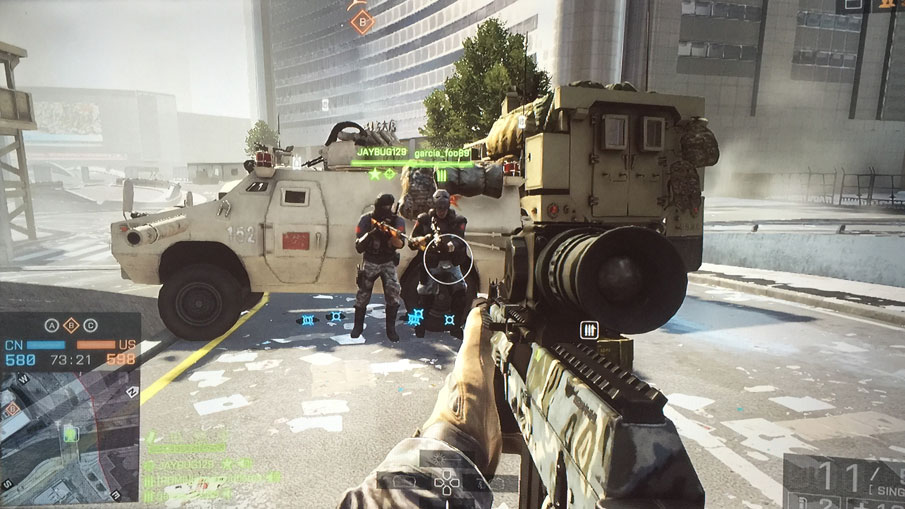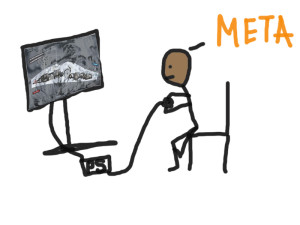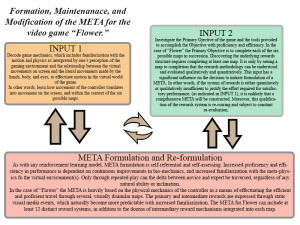In a recent GAMESPOT article, Strauss Zelnick, the CEO of Take-Two Interactive, encapsulated in a single sentence, the greatest challenge ahead for Virtual Reality. He said, “…there is no market for [an] … entertainment device that requires you to dedicate a room to the activity.” He, then, went on to identify the second major issue, when he jokingly said, “We don’t have a [room] where you stand in a big open space and hold two controllers with something on your head—and not crash into the coffee table. We don’t have that.”
And that my friends, is why Mr. Zelnick, though admittedly not a “gamer,” makes the big bucks.

As progeny of the television-centric home entertainment ecosystem (HEe)[1] we have grown accustomed to staring at moving pictures on walls (see Figure 1), and not moving while we do so. Certainly there are times when movement is appropriate and expected, but in order to fit within the HEe it must be anticipated, and changes made to accommodate the increased need for space and separation. In other words, you need to move “the coffee table” so no one gets injured.
But in most cases, we watch TV, not moving, and, often, reclining. In fact, there have been numerous studies conducted by the manufacturers of video and audio equipment that indicate the best viewing angle, and thus seating position, for the consumer to fully enjoy a, so-called, “immersive,” entertainment experience. VR will eventually demand more.
In this, the first of a two-part series of the BOOM, I examine the problems inherent in the VR experience, as a duplication and augmentation of reality, in the context of spatial dynamics (the ROOM), room orientation, stabilization, and finally, sound presentation. It is around these fundamentals, along with several others, that the foundations of true, cognitive envelopment, necessary to convince our minds we are really somewhere else, may be established.


